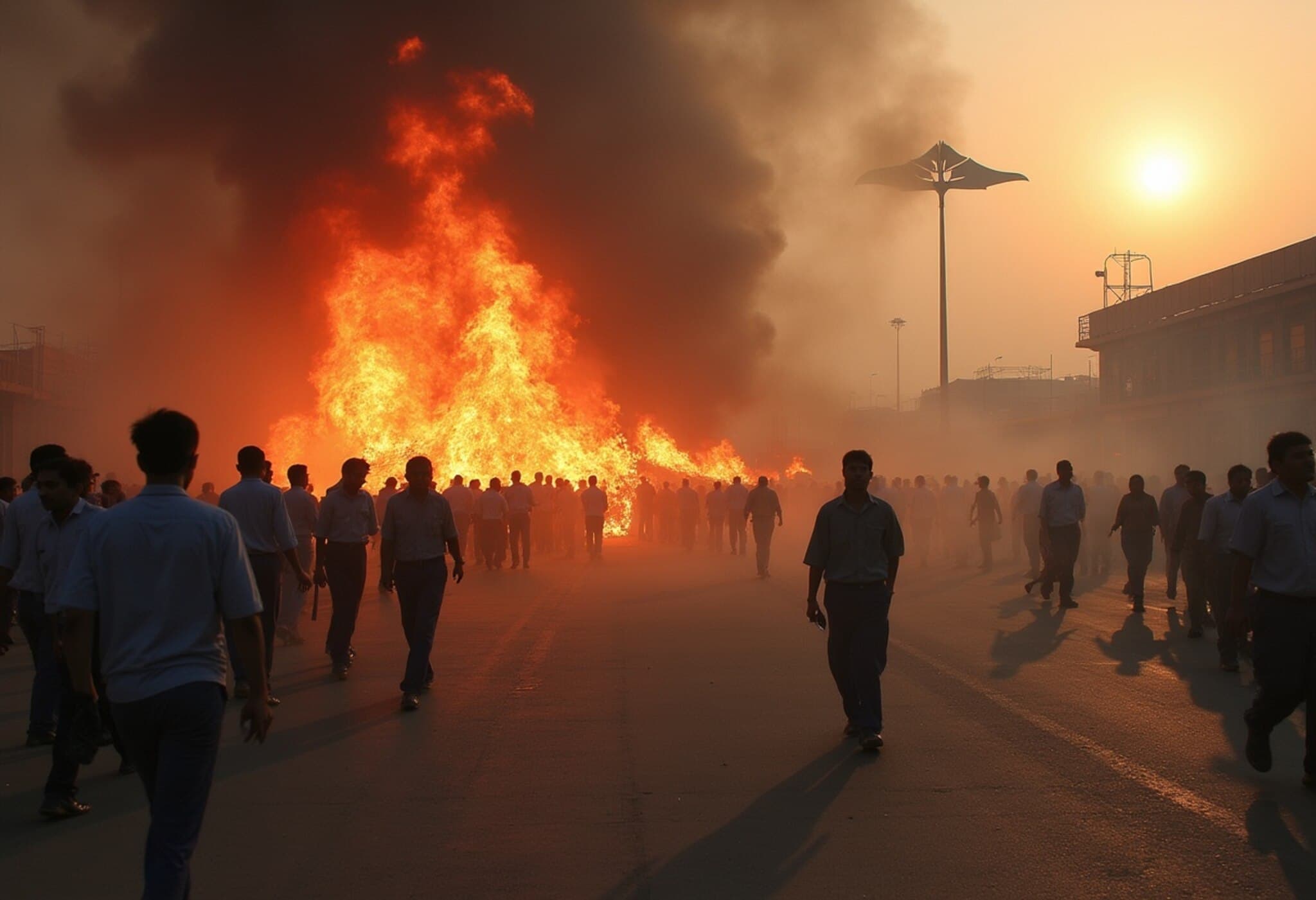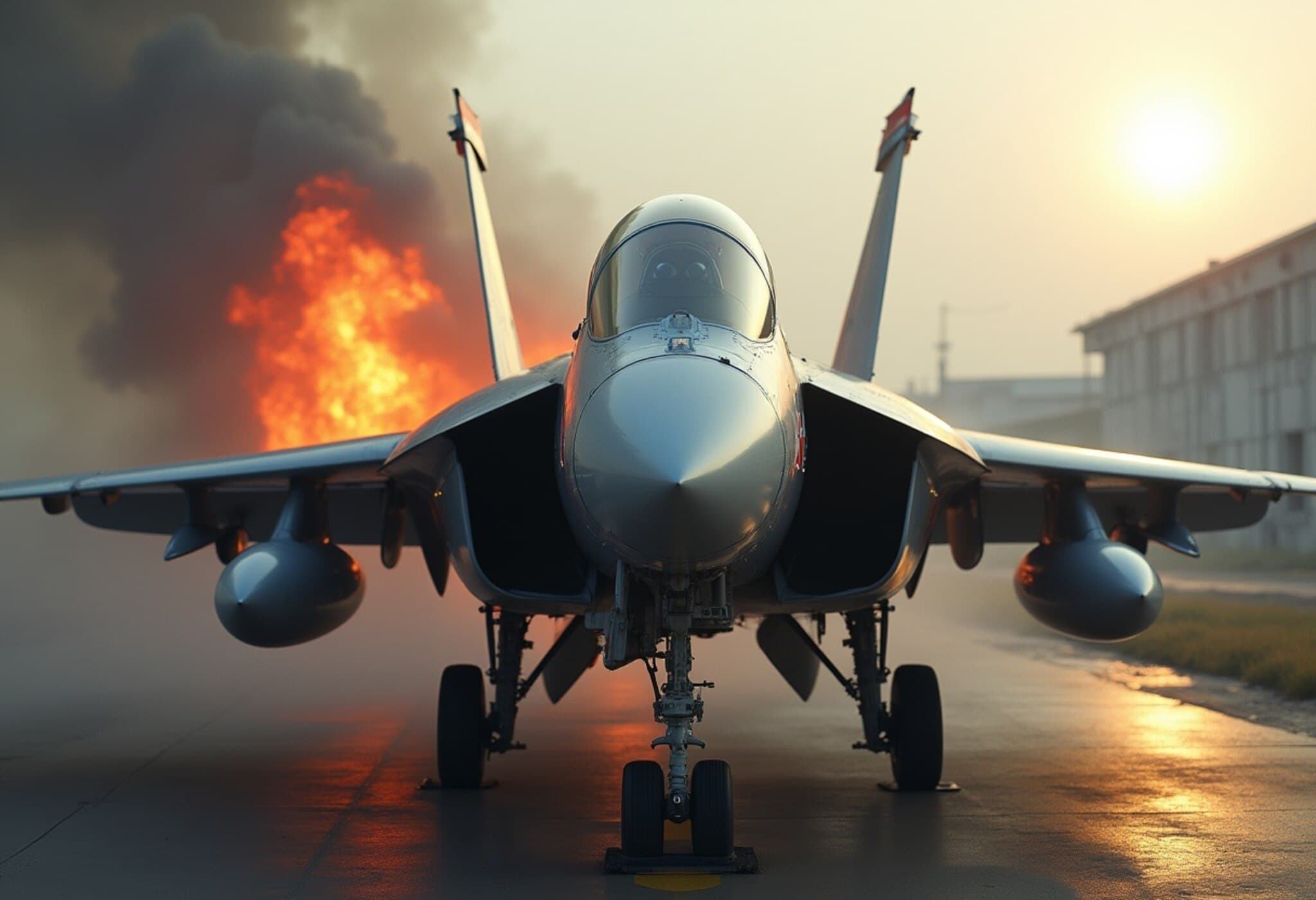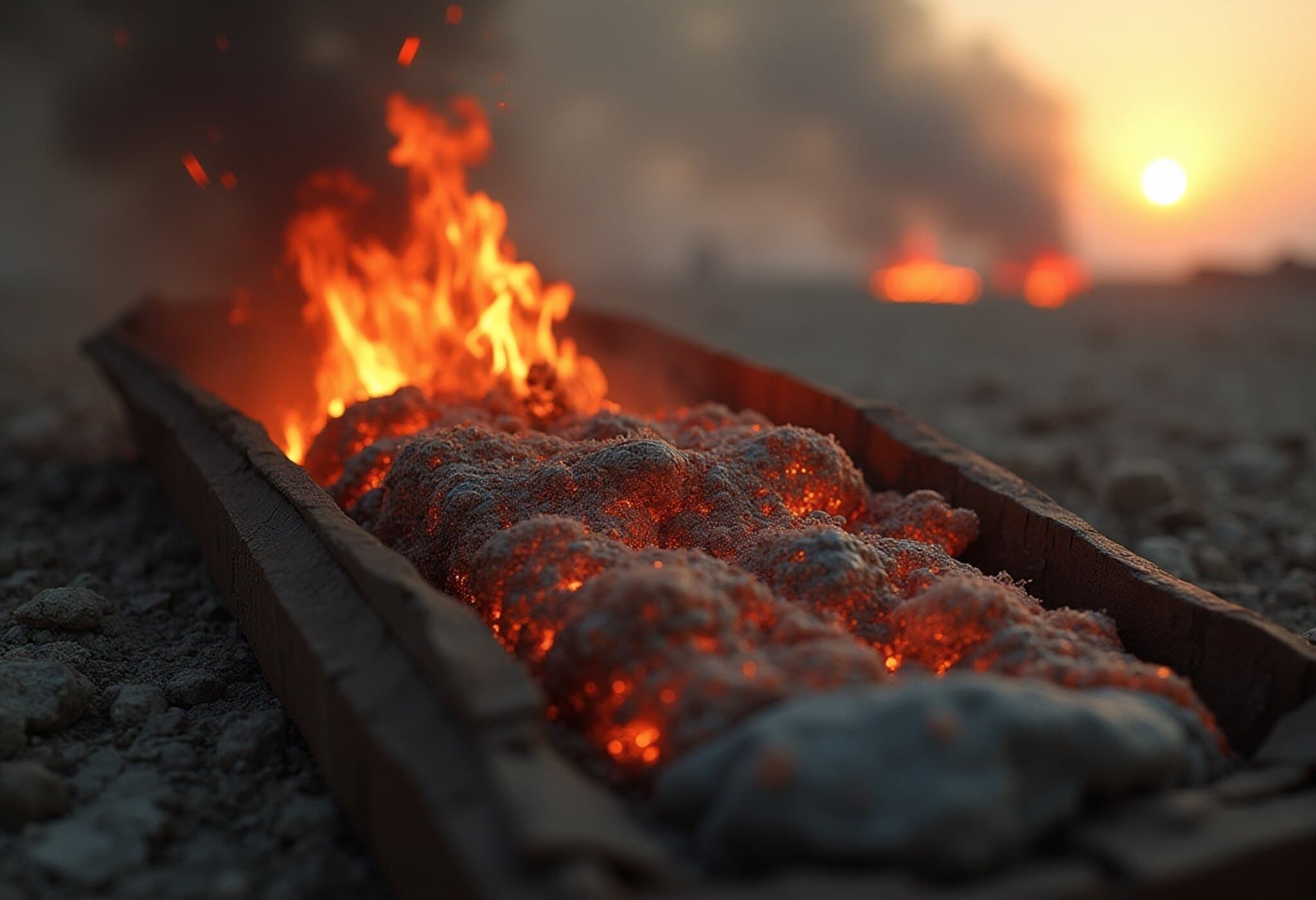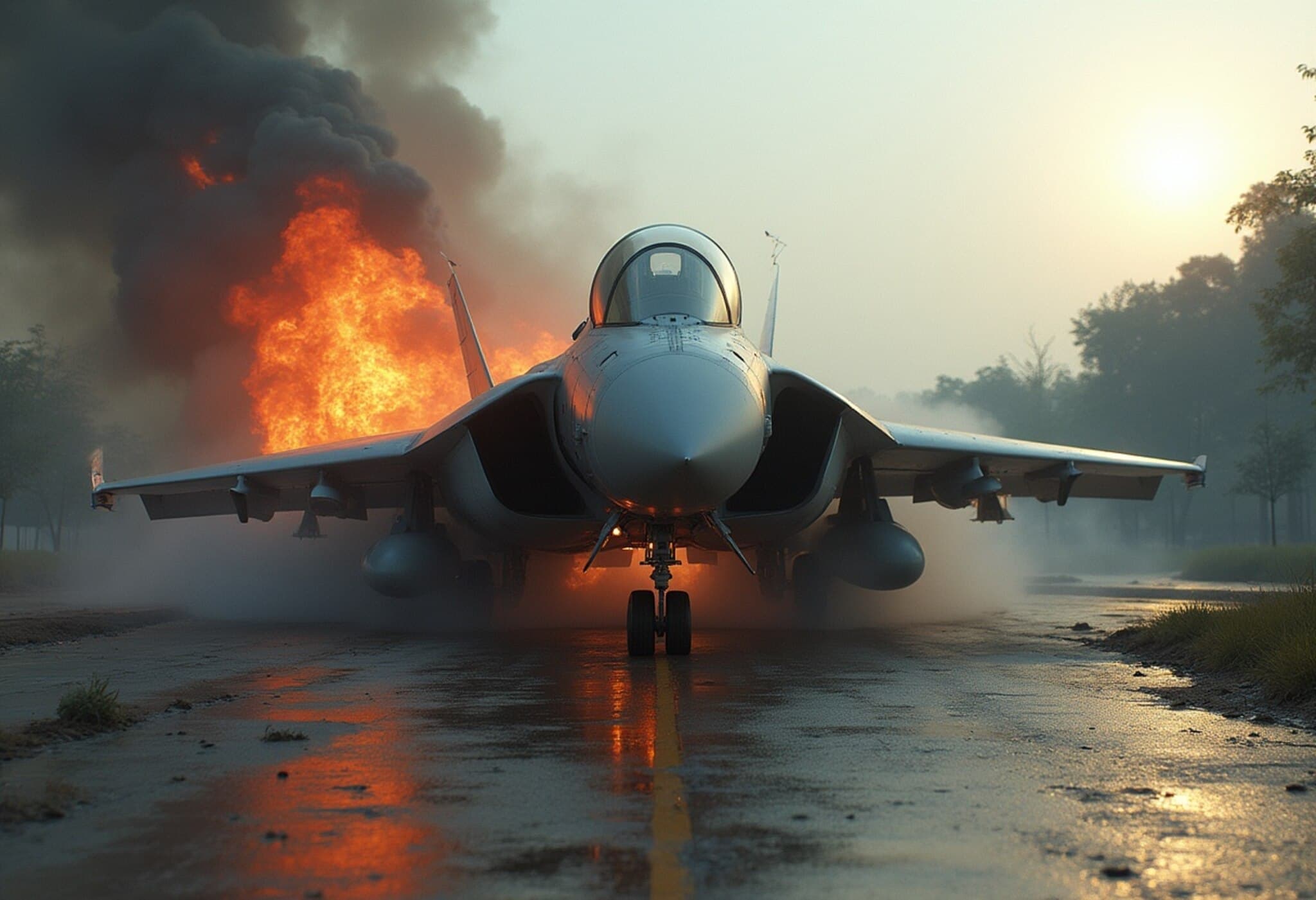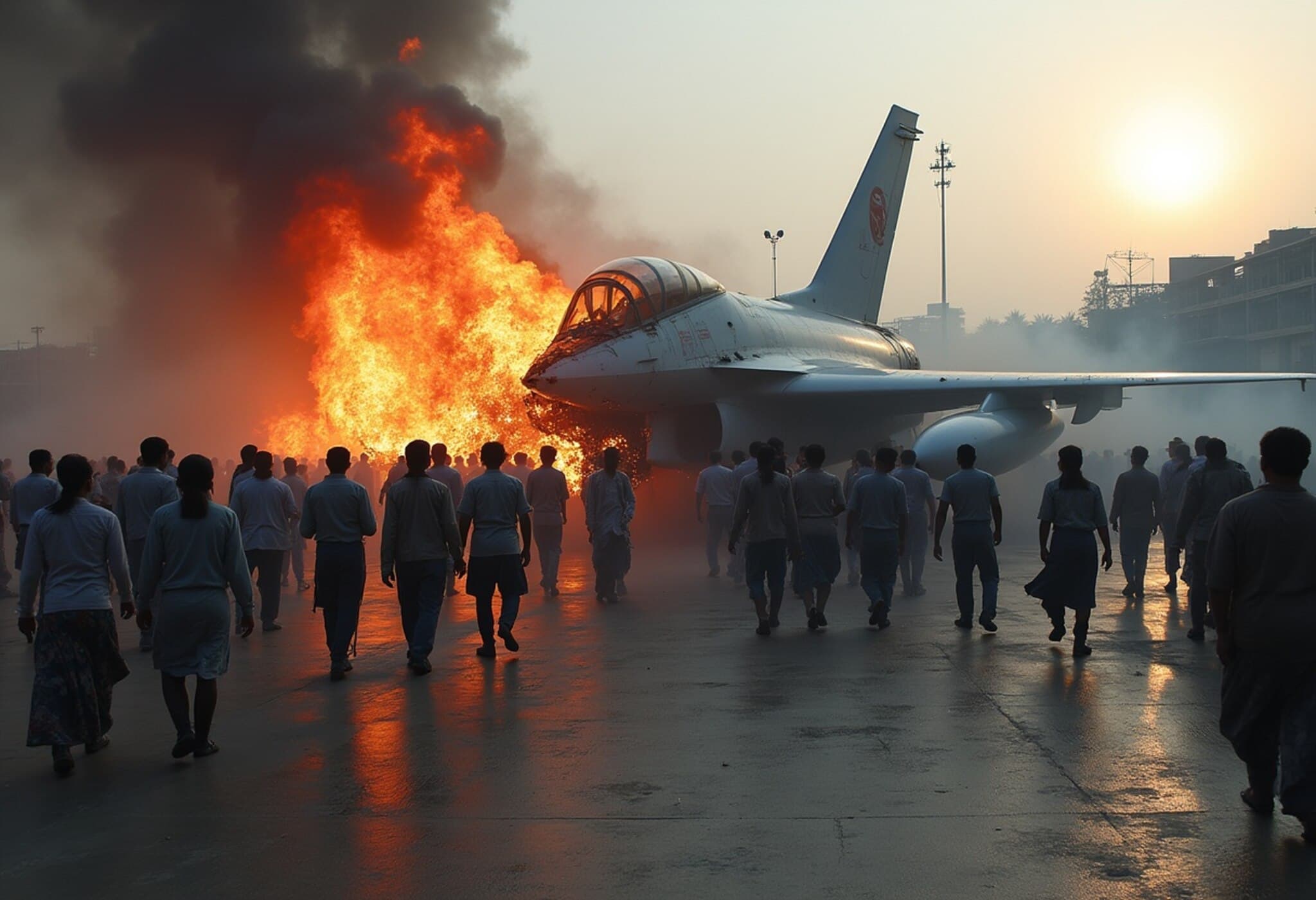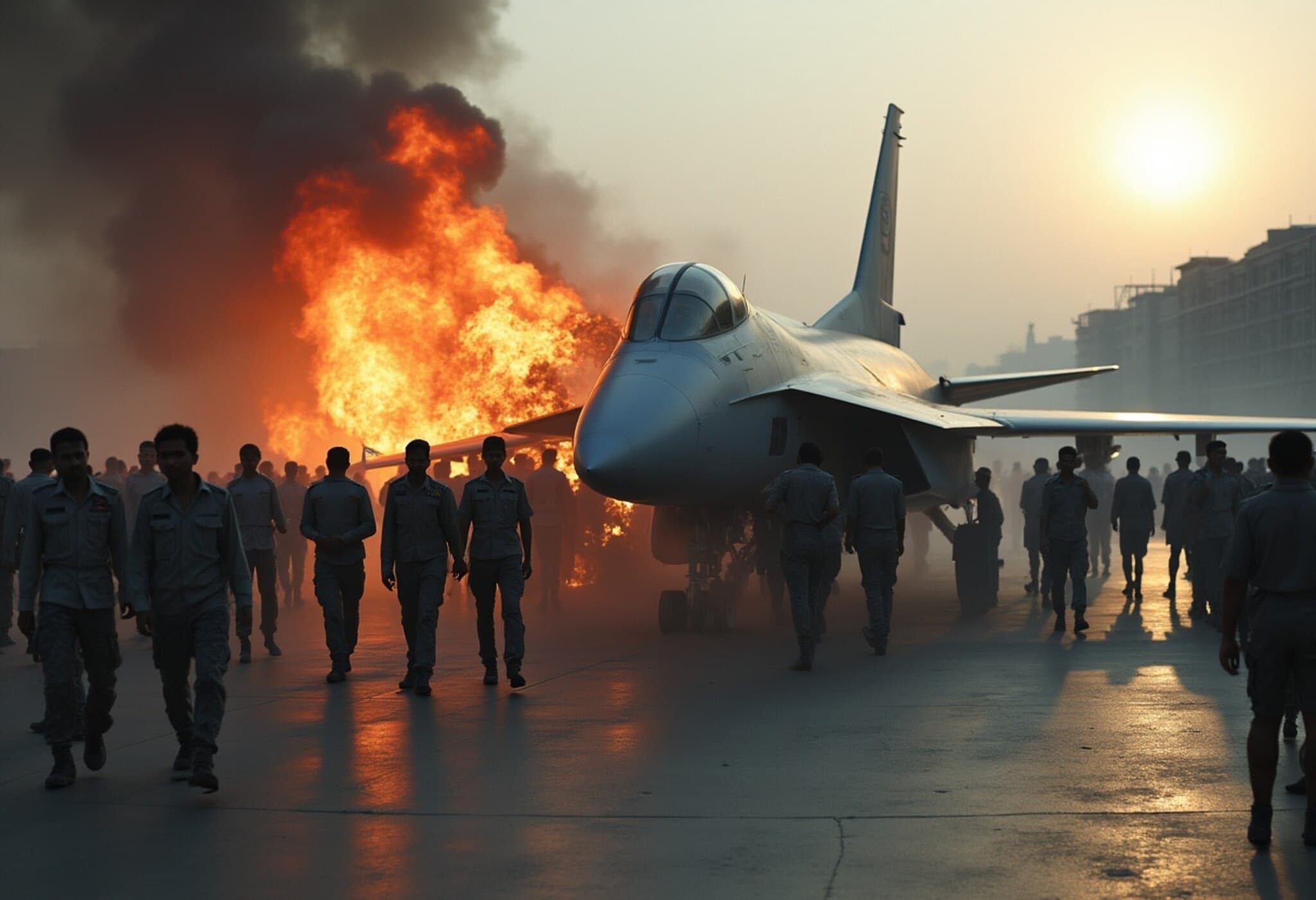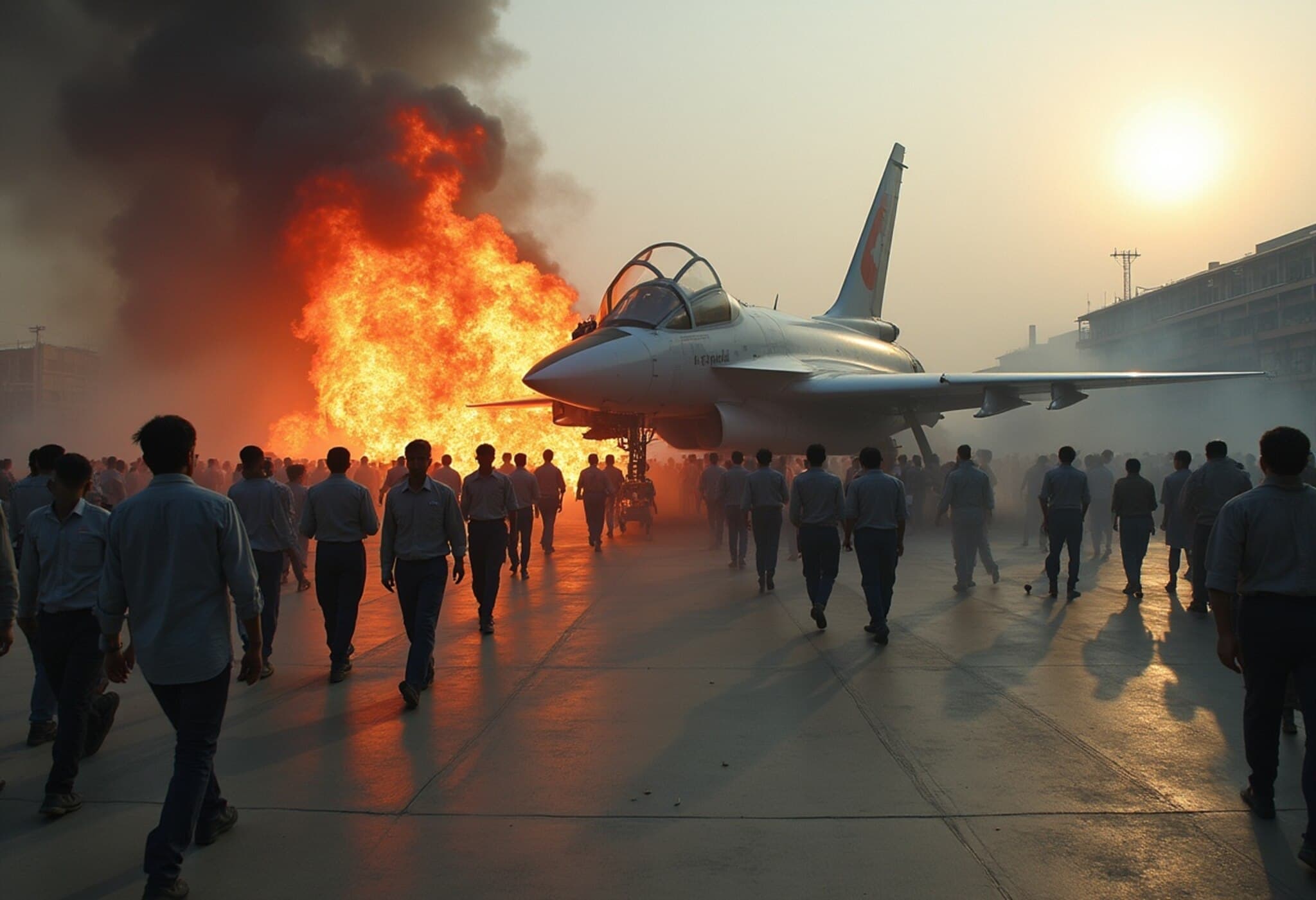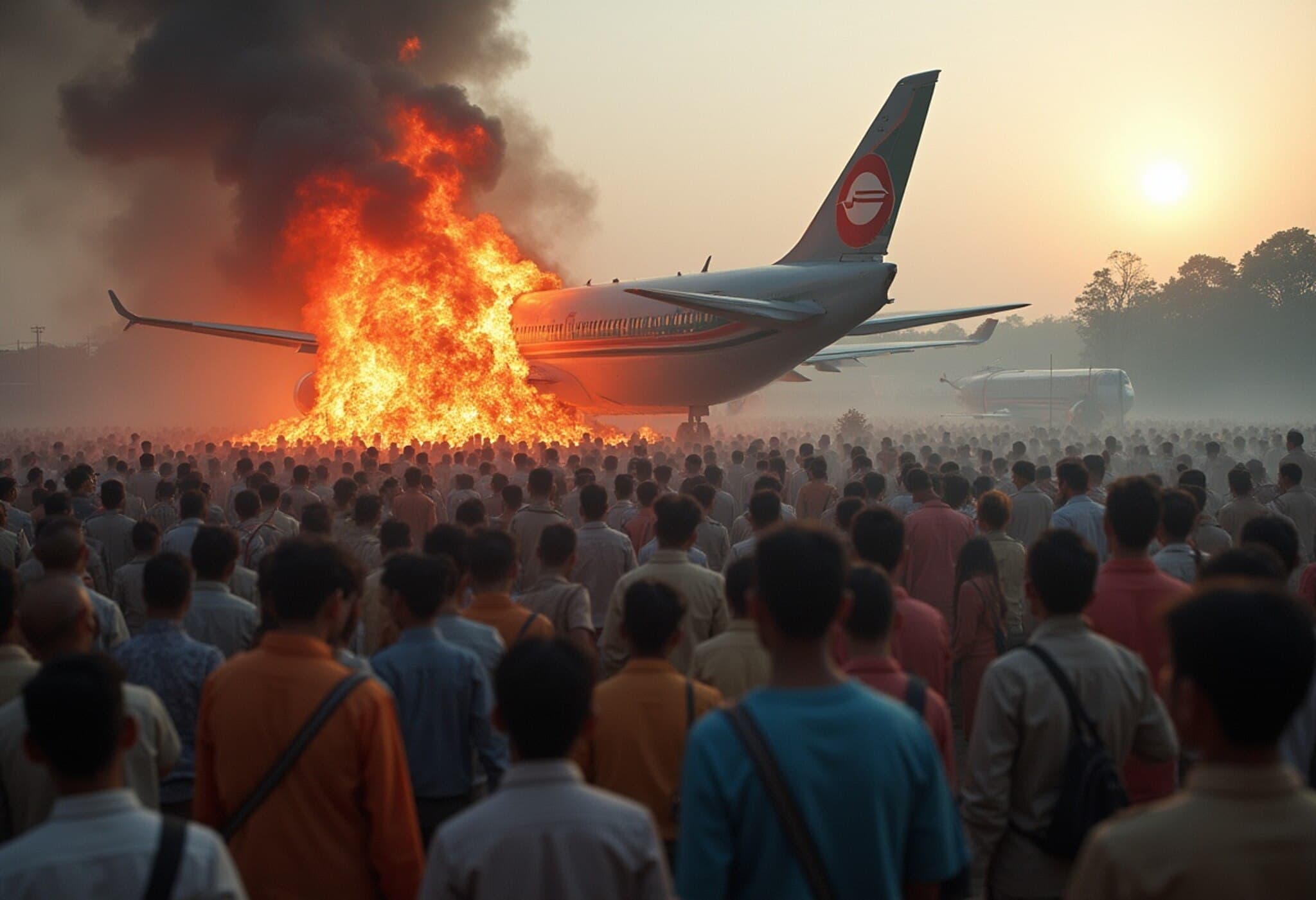Tragedy Strikes Dhaka as Fighter Jet Crashes into Milestone School
In a heart-wrenching incident that has shaken the nation, a Bangladesh Air Force fighter jet crashed into Milestone School and College in Dhaka on Monday afternoon, claiming the lives of at least 27 people and injuring over 170. The tragedy marks one of the deadliest aviation accidents in Bangladesh’s recent memory, leaving families, educators, and the wider community grappling with unimaginable loss.
Catastrophe Unfolds: Eyewitness Accounts Paint a Scene of Horror
The F-7 BGI training jet had taken off from the Kurmitola Air Force Base at 1:06 pm local time. Shortly after departure, the aircraft reportedly experienced a mechanical failure. According to multiple eyewitnesses, the pilot made desperate attempts to steer away from densely populated areas but ultimately crashed into the school’s two-storey building in the bustling Uttara neighborhood.
Rezaul Islam, a teacher present during the crash, told BBC Bangla, "I saw the plane directly hit the building. The impact was sudden and devastating." His colleague, Masud Tarik, recounted, "Flames and thick smoke spread instantly. It was chaos – children screaming, parents desperate to find their kids." Ahmed, a student at the school, described the event to The Guardian: "I was eating in the canteen when there was a deafening noise. The plane crashed and burst into flames. People were running; it was terrifying. Flames engulfed many young students."
Heroic Efforts Amid Chaos
Teachers like Mizanur Rahman speculated that the pilot tried to divert the jet to an open field behind the buildings to minimize casualties. "He probably didn’t make it," Rahman said sorrowfully. The crash happened just as classes were ending, meaning many children were outdoors. The subsequent explosion ignited an inferno, engulfing nearby areas and tragically many children inside.
Rescue operations commenced immediately, with military personnel, firefighters, and emergency responders racing to the scene to extricate survivors and retrieve the deceased. Parents frantically searched for their loved ones among the chaos.
Human Toll: Grief and Trauma
The scale of human suffering soon became heartbreakingly clear. One man mourned his eight-year-old nephew, lamenting, "My beloved nephew is in the morgue now," as he comforted the boy’s distraught father. Injured teachers described the terrifying ordeal:
- "There was no warning—fire and smoke enveloped us in seconds," said one teacher with burns across his hands and face.
- Hospitals, including Dhaka Medical College and the National Institute of Burn and Plastic Surgery, were overwhelmed by the influx of critically injured students and staff.
- Some children witnessed the aftermath firsthand, describing the horrific sights they encountered amid the wreckage and flames.
National Response and Wider Implications
Prime Minister Narendra Modi of neighboring India expressed solidarity with Bangladesh amidst the tragedy, while the government declared a national day of mourning. This disaster highlights the devastating impact of aviation accidents in densely populated urban areas and raises pressing questions about safety protocols surrounding military aircraft operations near civilian zones.
Experts in aviation safety emphasize the need for rigorous mechanical inspections and improved emergency response systems in urban regions to mitigate such risks in the future. For Bangladesh, a fast-growing nation with burgeoning urban centers, balancing military preparedness with public safety remains a delicate challenge.
Looking Ahead: Reflection and Responsibility
The immediate priority remains the care and rehabilitation of the injured and support for the grieving families. Community leaders and government officials face the complex task of navigating recovery while addressing the broader systemic issues revealed by this tragedy.
As Bangladesh mourns, this incident serves as a grim reminder of the fragility of life and the urgent need for enhanced safety measures. The lessons learned here could influence aviation policies not only in Bangladesh but across rapidly urbanizing regions worldwide, where military and civilian environments intersect closely.
Editor’s Note
The Milestone School air crash is a stark reminder of the tragic consequences when military operations intersect with civilian spaces. While immediate rescue efforts have saved many lives, the community faces the challenge of healing and rebuilding. This disaster calls for a critical reexamination of aviation safety regulations in urban areas, underscoring the importance of proactive measures to protect vulnerable populations. Readers are encouraged to consider how rapid urban expansion and national security interests might coexist without compromising human safety, a pressing issue in many developing nations today.

